Ni-Oh – More Than Just A Foreigner Hero
The following article contains the spoilers of Ni-Oh.
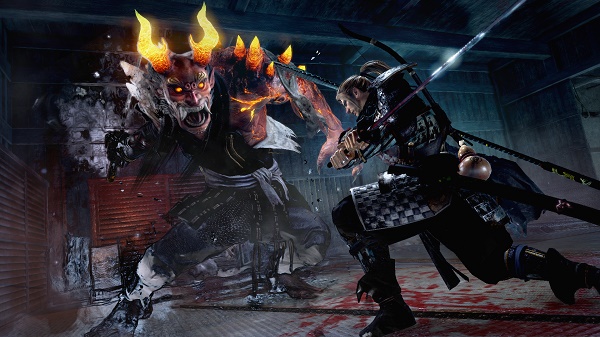
Team Ninja’s latest action game Ni-Oh is a dark fantasy action game which drew attention for its gameplay.
Being Souls-Like game based on history, Ni-Oh provides interesting lore and re-interpretation for each character. They are often shown in the form of cutscenes after each boss is defeated, and though short they express melancholy sentiments for the characters. This works to counter one of few accusations on Ni-Oh that it is another one of “westerner rules” type of story – after all, there is European character defeating Japanese characters in battle. But when examined more closely, Ni-Oh not only utilizes the cultural context of foreigner protagonist well, but also deviates from the pitfalls faced by the similar narratives.
Historical Context – The Battle That Changed The Fate Of Japan
The historical setting of the game is around the time of The Battle of Sekigahara, near the end of the Sengoku period. After the death of Toyotomi Hideyoshi, Tokugawa Ieyasu started to emerge as the biggest daimyo in Japan. Toyotomi loyalist Ishida Mitsunari wanted to keep the power under Toyotomi clan, and thus the two leaders faced off at Sekigahara to decide who will take the control of Japan. Tokugawa Ieyasu was experienced, shrewd, and ruthless warlord. Ishida Mitsunari was known to be rather strict(which earned animosity from other fellow samurais and caused them to join Tokugawa, just to kill Ishida) and very terrible general(he could not capture the Oshi castle even though his force was superior in number, and he blundered during the Battle of Haeng-Ju during the invasion of Korea. His win/loss record was quite pathetic). To compensate his weakness, Ishida Mitsunari employed the well-known samurai named Shima Sakon by giving him nearly half of his salary, and asked Mori Terumoto, one of other formidable warlord who was the grandson of Mori Motonari, to stand in as the leader. Ishida planned thoroughly and when the battle started his force surrounded Tokugawa Ieyasu. It seemed like Ishida had an upper hand.
But Tokugawa was even more cunning. Ieyasu had been corresponding with one of Ishida’s ally, Kobayakawa Hideaki, who ended up defecting to Tokugawa side during the battle. In addition to this, Ishida’s poor interpersonal skill and indirect line of command(Ishida had to relay the order through Terumoto and this was not very efficient way of command) weakened the overall fighting force while Tokugawa’s force fought in unity. Eventually the battle was over in just few hours, and Tokugawa emerged victorious. Some of Ishida’s allies such as Ootani Yoshitsugu were killed in battle, and Ishida Mitsunari was captured and executed. The power of Tokugawa Ieyasu grew larger, and he eventually wiped out the remnant of Toyotomi clan in the two battles in Osaka.
Ni-Oh is set during this time of chaos, but adds the supernaturals to the historical context.
One interesting aspect of the Sengoku era is that this was the period when Japan was exposed to the world outside Asia. Japan was aware of faraway lands like India, but the exposure to Europe shocked many. Not only they found the new weapon called “rifle” from the traders, the missionaries introduced Christianity to many Japanese and even some samurais(namely Otomo Sorin and Konishi Yukinaga) became devout Christians. So the Sengoku period was when Japan had the first taste of the world outside Asia. Yet the foreigners were rarely featured in significant roles, and Ni-Oh is one media that attempted to employ the historical context that was rarely utilized in games. If you want to use a foreigner character in Japanese setting, Sengoku would be a good setting to use. In a way, Kelley can be seen as the imperialistic force exploiting locals and their own people(such as William) to expand their empire, while Anjin can be seen as the man who seek to create harmony.
William Adams/Miura Anjin – The Guardian From The Far-Away Land
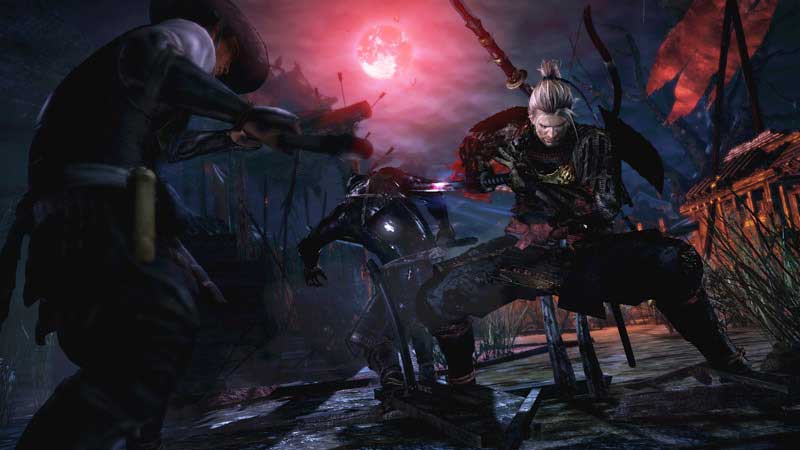
Ni-Oh features an unusual protagonist for samurai action game. It is none other than William Adams(Japanese name: Miura Anjin), the British sailor who became the samurai under Tokugawa Ieyasu. Though historical Adams served more as a diplomat, Team Ninja decided to portray him as a demon killer. While this can be seen as a simple attempt to sell the Japanese setting to the Western audiences, Team Ninja’s choice of the protagonist is actually rather clever when the cultural context of the title is considered.
The word Ni-Oh(仁王) is actually used in the Buddhism; the guardian deities named Kongorikishi(金剛力士) is sometimes referred to as Nio(仁王), the very title of the game. This guardian deity is considered to be the re-interpretation of Hercules; as Hellenistic art was transferred to the East through India, the images of Hercules was used to portray the guardian spirit that protected Buddha.
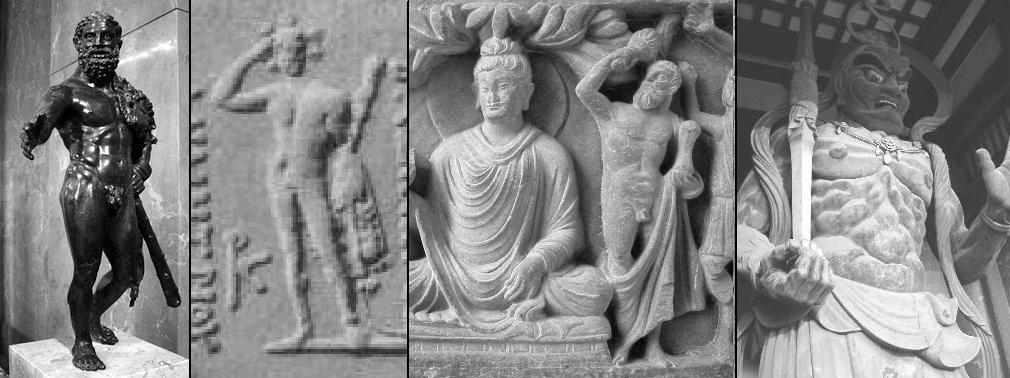
Now, let us examine Anjin in the game. In Ni-Oh, Anjin becomes more than a sailor-turned-samurai like in the history. He is a warrior who chased the evil sorcerer all the way to Japan to retrieve his guardian spirit, then ended up becoming the samurai serving Tokugawa Ieyasu. After his battle against Yasuke, the African Samurai(another historical figure), Anjin answers that he fights for the people who believe in the harmonious lives can be achieved between humans and spirits. Anjin becomes the guardian figure in this sense. Anjin’s journey reflects how Hercules’ image turned into the Buddhist guardian spirit; once the monster hunting hero from the West, he travels to the East and becomes the guardian of the people.
What differentiates Anjin from the typical “Westerner becomes the supreme warrior in other land” scenario often seen in Hollywood films is the narrative. While the Hollywood films often mystifies the other culture and emphasizes the western hero’s show of superiority over the locals(often by becoming messiah figure and claiming their best woman by defeating a local man), Ni-Oh diverts from such narrative in few ways; First of all, William Adams was already a trained warrior before coming to Japan. His first battle in the game is set in Europe where he meets the sorcerer Edward Kelley, the game’s main antagonist. While films like Avatar makes the novice outsider character easily overpowers the locals in their own ways after short training, Ni-Oh‘s story explains how Anjin stands as the warrior who can defeat the trained samurais by establishing his skills even before coming to Japan. In addition to this, Ieyasu orders that the truth behind Sekigahara should not be revealed to the public, which means that Anjin will not be treated like a messiah though he played pivotal role in bringing peace. The lack of overt romance also makes Anjin different from the Hollywood tropes too.
Perhaps the most important difference is that Anjin never becomes “more Japanese than Japanese”. Throughout the game, he learns from other Japanese characters, but their teachings are martial, not philosophical. Instead of focusing on Anjin learning the way of Bushido, the game’s narrative focuses on ending the chaos of Sengoku period, and reclaiming his own guardian spirit. The journey in Japan may enhanced Anjin’s resolve to fight against the manipulators like Kelley, but it does not make him suddenly more philosophical or mystified. Anjin is there to protect the people who share the same belief as himself, just like the guardian spirit.
Yasuke – The First Non-Japanese Samurai
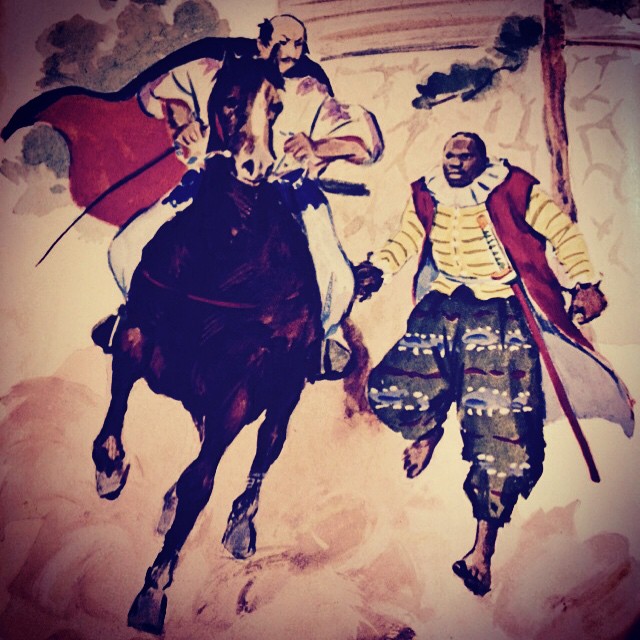
The other character to notice is Yasuke, who appears as “Obsidian Samurai” in the game. Like Anjin, Yasuke’s character is based on the real historical figure. Yasuke was the African slave sold to Oda Nobunaga. Nobunaga noticed Yasuke’s strength, then freed him to make him his warrior. Yasuke served Nobunaga loyally, and fought against Akechi Mitsuhide’s force when Akechi betrayed and attacked Nobunaga at Honnoji. Though Yasuke was captured, Akechi took pity on him and sent him to India instead of killing him.
Yasuke is one of the underused characters in many media set in the Sengoku era. There are very few live action media that features Yasuke, the most notable being NHK’s Taika drama Hideyoshi, where Yasuke appears as one of the warrior fought for Nobunaga during Honnoji(though he dies in this incarnation).
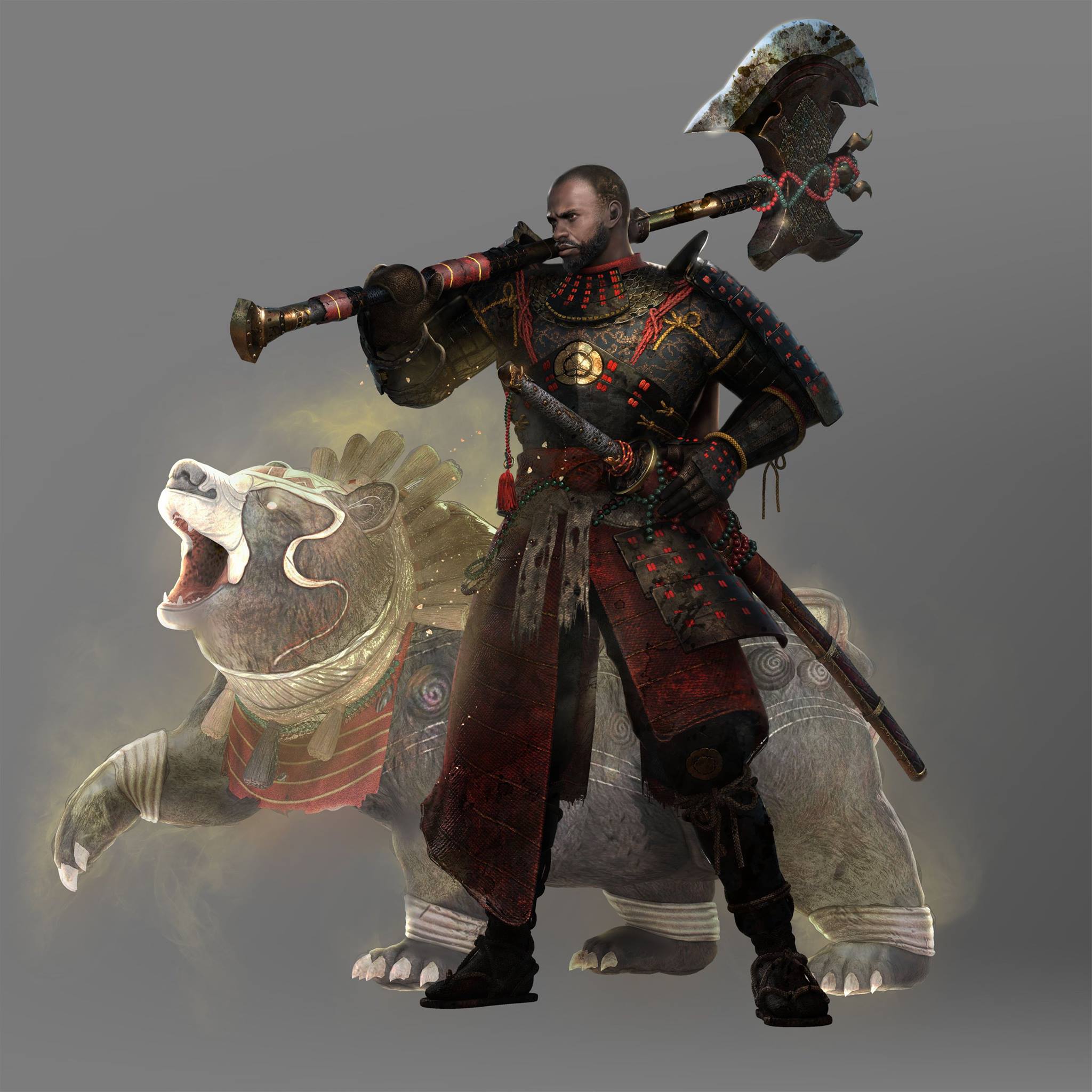
Ni-Oh‘s brilliance is that it gives underused yet intriguing character like Yasuke and gives him interesting narrative. After being defeated by Anjin, Yasuke tells his life story – being sold as a slave, Yasuke was freed by Nobunaga. In the cutscene, Nobunaga is portrayed as the white light figure contrary to the stereotypical images as a villain in many games. Yasuke tells his regret for not being able to save Nobunaga and his belief that why he believes his former lord to be the worthy ruler.
Yasuke’s role in the narrative might not be as significant as Ishida Mitsunari or others, but his symbolic position is brilliant. Here they are, the two samurais from the foreign lands fighting against each other for what they believe in. Anjin wanted to protect the harmony of the land he arrived, and Yasuke wanted to serve the man who gave him freedom. In this foreign land, these two outsiders were welcomed and fought to preserve the bliss they found. Usage of Yasuke’s character elevates the local character like Oda Nobunaga; with Yasuke’s character, the game shows that Japan is not like the stubborn traditional tribes depicted in similar narratives. Instead, Yasuke shows that Japan had people with open minds.
The Sorrow And Regrets

Ni-Oh has an advantage of the rich lores from the real Japanese history. The most of the bosses are based on historical figures, including the yokai characters; Yuki-Onna is revealed to be Nobunaga’s wife No-Hime, and the father of Hattori Hanzo appears as the toad demon boss. Though Ni-Oh features foreigner as the main protagonist, it shows emotional depth in the interpretation of Japanese characters.
After each boss is defeated, a short cutscene will narrate their history and motivations. Their narrations are used to humanize the characters and add to the dark atmosphere of the game. For example, No-Hime laments the loss of her husband after she was defeated, showing the dream crushed by betrayal.
By giving them humane moments after their defeats, Ni-Oh avoids the trap of becoming another narrative where the outsider tramples over the local. In fact, the post-battle cutscene after the battle with Oda Nobunaga shows Nobunaga clearly overpowering Anjin, but decide to accept death to foil Kelley’s plan rather than to become a pawn. In case of Honda Takakazu, his battle with Anjin serves as a new stimulant for the aged warrior to keep on training; Honda’s cutscene shows that he lamented the loss of worthy rivals to fight, but Anjin’s exploits rekindled his spirit. In Ni-Oh, the locals are not merely helpless crowds serve to decorate the foreigner’s exploits but characters shown with resolves and beliefs.
The Message
So what can be learned from Ni-Oh‘s use of characters? History can provide many underused gems if the developers/writers are willing to find, and adding the depth to the supporting characters can make the world even more attractive. Not only the characters fit the historical setting, but dark fantasy setting enhances the sentimental portrayals of characters. It is also a testament from “locals” showing how to do “foreigner comes to local” story right. Instead of turning the hero into a messiah, the game places him as the guardian who helps those who share beliefs and travels to retrieve his own spirit.
In short, Ni-Oh is more than what it seems.
What do you think? Leave a comment.
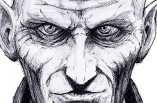

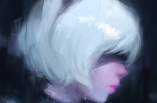
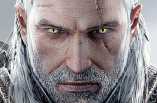
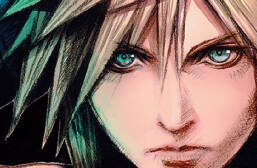
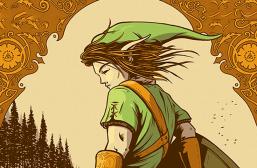
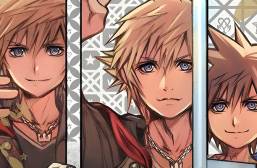

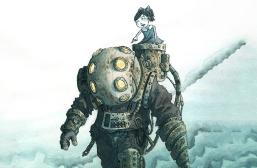
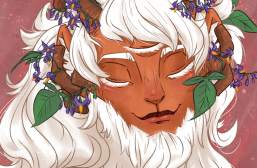
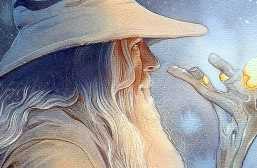
No-Oh as a game is fun as hell but I can’t help but feel that the game wouldn’t have been so well received if it wasn’t for its blonde protagonist.
My main issue with the main character is that he’s loosely based on an Englishman from Kent but they give him one of the broadest Irish accents I’ve ever heard.
There mustn’t be any English voice actors in the world any more.
There is an interview where they make him Irish because the Irish have a deeper connection to spirits. Drink spirits to see spirits kind of thing I guess. They took a little liberty to make it fit their story so what.
For anyone interested, James Clavell´s Shogun tells a great fictionalized version of this story (changing the names of Adams to John Blackthorne, or Anjin-san as the Japanese call him). The mini-series from the 80s still holds up as well.
My friends and I just finished a re-watch of the series on DVD. Such a great mini-series! First time I’d seen it… gave into the incessant nagging of my friend who’d seen it years before. Highly recommended.
Shogun by James Clavell is a fantastic novel and the miniseries by the same name starring Richard Chamberlain is one of the all-time greats and available from Amazon for not many pennies. It was what instilled a fascination in me as a kid with Japanese history and culture, and my kids watching it recently absolutely loved it. Very highly recommended.
Found a copy of this book at a garage sale for next to nothing. Will consider this a recommendation to start reading!
It’s interesting because Adams’ actions helped to keep Japan isolated from the outside world for another 200 years or so. As Raziel alludes to below, the only contact with the West came via the island where the Dutch traded – in fact Western intellectual works became known as ‘Dutch learning’ (Rangaku) in Japan for a long time afterwards.
It was this knowledge that allowed them to modernise so rapidly after the US sailed its gunboats to its coast in the 1850s. After seeing what happened to the Chinese, the choice was that or be destroyed…
I love articles like these.
Anyone visiting Japan should definitely try to visit the scenic town of Hirado, where Adams is buried.
Lovely daytrip from Fukuoka.
The game require a commitment i can’t really give it at the moment, might pick it up a little further down the line though.
They are just trying to appeal to western audiences. He may be based on a historical figure but there are of course many japanese figures they could have chosen. I see it as a way to ensure the success of this game, and I don’t think that’s a bad thing, especially for a game as quality as this one.
I’ve put about ten hours in so far and it’s taking its time to really get going. I’m hoping the later game opens up a lot more variety through the skill trees.
The three areas I’ve seen have demonstrated quite disappointing level design and repetitive enemies. Not a patch on the early phases or set pieces of the Souls’ series. Although they have had quite a few years to polish their products.
I could see Nioh becoming a similar series and it’d be interested to see what it could do with a clearer design approach and more money.
This. One of the best bits for me is how they’ve built on the Souls method with the guardian spirits, skills and magic. The weapon and armour customisation is great too aside from the masses of loot from every bloody thing.
Its good when you learn a tale from history less told or forgotten. Will look forward to playing Nioh.
I kind of like games, animes, etc that use real people or stories-events, even if it is under an untruth setting because it always makes me look for the real story and i end up learning more of it. For example the use of the christianity (in Japan) in one episode of samurai champloo, it made me look for it and did find interesting information about it, something i didn´t know before.
I’m just over the selective nature of culture and over glorification of select figures. William Adams should been made into a sea of thieves type game or something. But the entire lore of the Blonde Samurai is sooooo over hyped.
In anime, manga and video games it’s a common trope that has grown stale as hell. But, other accurate depictions of history is frequently overlooked in favor of the same types of character creation it’s boring.
Most characters in anime look white or western. It’s an anime trope. It’s just something Japanese like. It’s an anime trope. It’s not something that is done to get more westerners to like anime, they just like western looking characters. Nioh is definitely not a case of whitewashing.
From what I’ve played so far, I’m really enjoying it, haven’t “got gud” yet though. It’s this weekends schedule though.
Thank you for writing this up! Going to try this game out!
It looks an awful lot like Ninja Gaiden, except it seems to have less acrobatics and more complex combat.
good images
Really wonderful work
I recommend Shogun. An excellent, if lengthy book.
I wouldn’t mind a sequel game that focuses on the Obsidian Samurai. One quick look online and you can see that he has quite the interesting story.
Nice article, thank you. I read a book on this a few years ago and recall it being pretty good. It’s called Samurai William by Giles Milton (if anyone is interested).
It’s a great book and fascinating story. Also worth reading his other books, Nathaniel’s Nutmeg and Big Chief Elizabeth.
Basically you play as a western so the whole world/ideas feels confusing/new. you, like the protaganist explore the world together. Thats why you as the player can feel just as confused as the main characters about many things, and figure it out together in one sense. And have things explained to him, instead of already knowing much of everything. It kind of reminds me that tv show vikings, when they brough int a christian monks, you then get to learn and look into viking society from the other side. it works.
Such a great game.
Japans encounters with the west are a big big part of developing an interesting game like this, and William Adams was a very important figure in the time period. It also gives our character more impact and reason to interact with everyone, as an outsider.
Other than him being based on the real life William Adams (although only very loosely,) I would imagine that having him be an outsider to Japan allows the developers to put exposition into the story a lot more easily. Him not being a major historical figure also allows them to mold his character with more freedom.
I think games like Prey are starting to go in the right direction by making an asian character because there are more people out there than black and white.
I haven’t played, but I wanted to say thank you for giving such a thorough historical setting for it. This game seems to have taken the best road one can for portraying the western warrior; it’s historical, has other characters explored, and is respectful. I wanted to ask, though, could you elaborate on why you think it’s beneficial for his journey/education to be martial and not spiritual?
I had no idea how rich into history they went with game. I realised that this game was based on a what-if version of history, yet they managed to very deftly weave the story to incorporate their game elements without making it feel forced.
They also did a fantastic job making the side missions feel important. They tie into the main missions and give not only great lore, but lore relevant items and equipment as well that make you feel like you are truly immersed in the world.